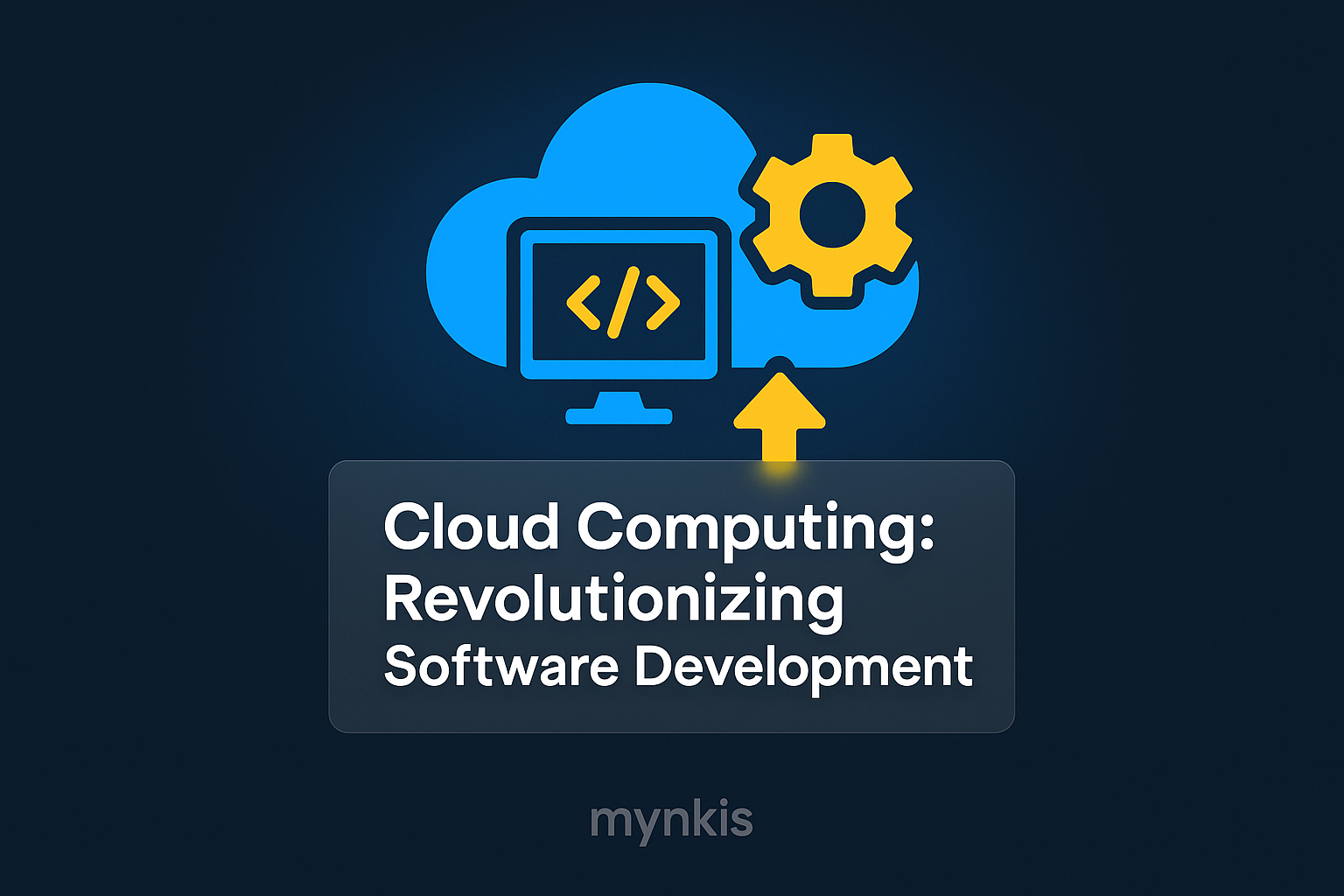Schedule a Demo
Cloud computing has swiftly evolved from a novel concept to a fundamental pillar of software development. No longer just a buzzword, it's now an integral part of crafting software solutions that scale, adapt, and thrive. As an operations manager, I've seen firsthand how cloud platforms can drastically improve deployment times and scalability.
One of the key benefits of leveraging cloud computing in software development is scalability. Gone are the days when adding more capacity meant physically buying more servers. Now, with the cloud, you can scale your applications up or down instantaneously, aligning resources with actual demand.
Another critical advantage is the flexibility of development environments. I remember struggling with local development environments; cloud-based IDEs like AWS Cloud9 or Google Cloud Shell have changed that, offering robust tools and seamless team collaboration that can happen from anywhere in the world.
For enterprises investing in custom software development, integrating cloud solutions allows for innovative product features, such as real-time data processing and global access. Amazon Web Services (AWS), Microsoft Azure, and Google Cloud Platform provide a multitude of services that can enhance functionalities and user experiences.
For instance, using AWS Lambda for serverless computing can significantly reduce operational overhead and focus your efforts on writing code that matters, rather than worrying about server management.
Automation in software development takes a giant leap forward with cloud technology. Tools like Terraform or AWS CodePipeline allow developers to automate the building, testing, and deployment processes entirely in the cloud.
In my experience, these cloud-native automation tools not only speed up development cycles but also reduce human errors, which can be costly and time-consuming to fix. A study by Puppet Labs confirms that organizations using extensive automation in their deployments typically have better security practices and faster recovery times, with the cloud serving as the backbone for such strategies.
Integrating cloud-based tools and services into B2B websites can enhance your SEO efforts and lead generation strategies. For example, using Google Cloud for its robust data analytics tools can help your business understand visitor behavior more precisely, adjusting content and marketing strategies to meet the market where it is.
When it comes to SEO, having a website that's hosted on scalable cloud infrastructure ensures fast load times—a critical factor in search engine rankings. Faster load times translate directly into higher user retention and increased conversions.
Security is paramount when it comes to software development in the cloud. Cloud providers generally have a better security track record than on-premises solutions. However, it's not a one-size-fits-all situation.
I've seen businesses struggle with cloud security due to misconfiguration or lack of understanding. That's why adopting best practices from organizations like the Cloud Security Alliance (CSA) can help. They offer frameworks like the CSA Security, Trust, Assurance, and Risk (STAR) registry, which businesses can use to assess and mitigate risks.
Selecting the appropriate cloud services depends heavily on your business's specific needs. Are you focusing on custom software development or are you looking at enhancing your enterprise web solutions with more power, stability, and scalability?
Based on available research, individual results may vary, but in general, consider workload portability, integration with existing systems, compliance needs, and total cost of ownership. Understanding these aspects can significantly impact the success of your project.
Migration to the cloud is not a quick process. It requires careful planning and a phased approach, often taking months or even years. During my projects, I've learned that one of the critical steps is the lift and shift, followed by refactoring applications to fully leverage cloud capabilities.
This journey often involves expertise from external consultants or internally trained staff with a deep understanding of both your software architecture and the cloud ecosystem. Moreover, a recent Forrester report highlights how only companies that approach migration strategically manage to fully realize the cost-saving and performance benefits of the cloud.
Cloud technologies enable the development of applications that are not only scalable but also extremely resilient. For instance, implementing disaster recovery strategies becomes far more feasible when you can replicate your environment in multiple geographical locations easily.
From my observations, while cloud benefits are numerous, businesses should still perform due diligence. A sound investment in a high-performing application can only come from a balanced understanding of the cloud's limitations and optimization strategies.
Finally, education plays a crucial role in leveraging cloud technologies effectively. I've worked with teams transitioning to the cloud, and the learning curve can be steep.
Providing resources like AWS Training and Certification or Google Cloud Platform's free online courses can empower your team to make the most of cloud computing. This education is vital for not only achieving initial cloud goals but also for continuously improving your software as new cloud services and features emerge.
